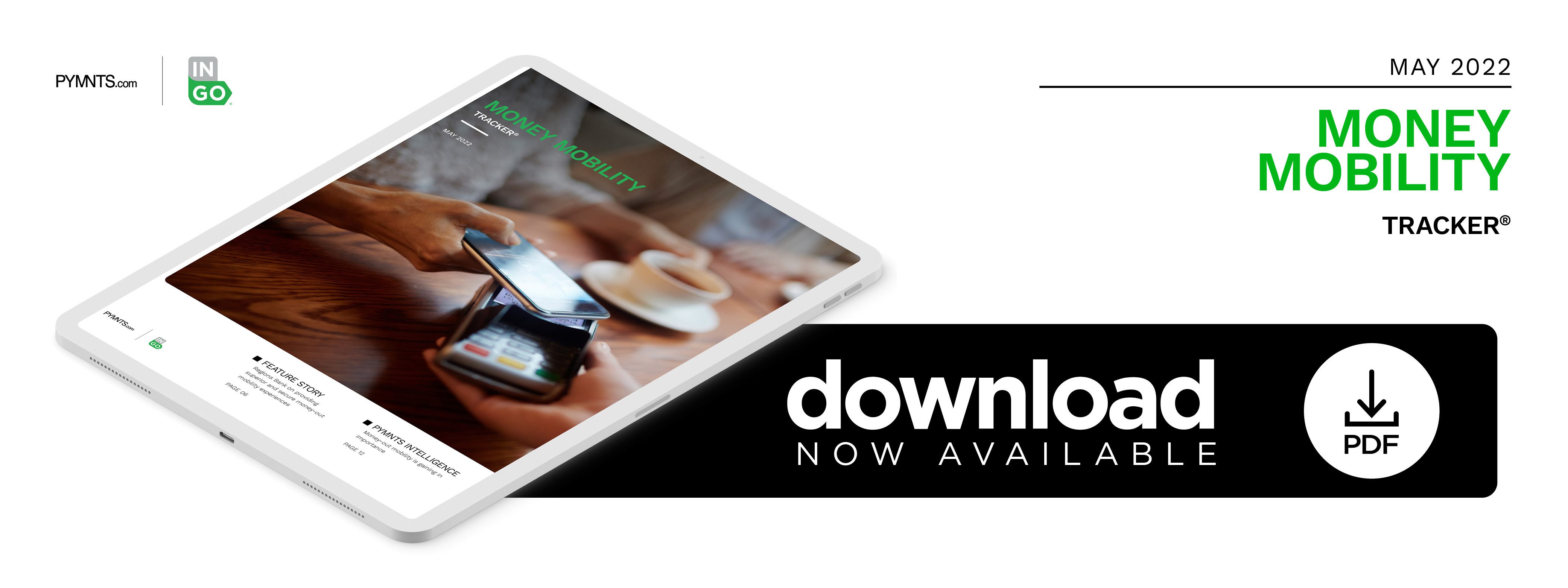Regions Bank On Providing Superior And Secure Money-Out Customer Experiences

How money moves from account to account must be fast, secure, accessible and transparent, says Regions Bank’s Tim Mills in the latest “Money Mobility Tracker.” He says that digital tools and increased FI awareness are driving the change.
Financial institutions (FIs) have to make the money-out mobility experience both seamless and secure for customers while also making every customer task — from paying bills to checking their balances — quick and simple, according to Tim Mills, senior vice president of emerging payments strategy at Regions Bank.
The two key pieces for low-friction security are authentication and validation, Mills said. For authentication, best-in-class solutions enable FIs to protect their customers against bad actors attempting to conduct transactions under false pretenses. Validation provides deeper security by enabling FIs to know customers beyond their credentials.
FIs that understand customers on a deeper level, such as through the typical number and types of transactions they engage in, and have systems and processes that can differentiate suspicious behaviors from normal ones, can offer customers a deeper level of security without significantly burdening them. At the same time, those processes need to be intelligent enough to not unnecessarily flag transactions or inconvenience customers.
“It really is striking that balance between empowering the experience and at the same time exercising due diligence,” Mills said.
Communication at the Heart of Money-Out Mobility
Financial services customers expect speed, security and transparency from their money-out transactions, according to Mills. There was a time when customers expected to either have to go into a branch or call their FI during normal banking hours if they wanted information on the progress of a transaction. In a world where consumers can get all kinds of information at their fingertips every hour of the day, however, customers are no longer willing to simply take it on faith that a transaction is progressing or wait days for confirmation.
“We have a robust library of alerts and notifications that provide our customers with [the] status on payments they make,” Mills said. That is further assisted through regular updates and notifications from third-party vendors and networks.
“We talk about, in this day and age, conversational payments, and that’s really what we’re talking about, the ability for the status of a payment to be communicated back to the payor or the customer and for the customer to have a very clear understanding of what’s taking place with that transaction,” he said.
The Customer Side of Security
In addition, more transparent communication about transactions can help customers spot fraudulent activity themselves. Many consumers spend 10 hours or less each year checking their accounts. Mills said that a combination of improved technology and customer education can help bolster the customer side of fraud prevention.
Whether to combat increasingly sophisticated scammers or simply fight off complacency, Mills said that customer education remains crucial no matter how good technology becomes. In addition to raising awareness of the potential security risks to which customers can fall victim, Regions aims to educate customers about best practices, and the FI provides actionable tips customers can use to protect themselves.
“We’re going to continue to provide you with notifications and alerts, but be aware that there are things that you can do to provide additional value to that technology,” Mills said.
Building a Better Foundational Strategy
“The biggest challenge today, whether you’re talking about consumer or commercial [banking], is being able to provide a seamless event whether we’re talking about, on the commercial side, really focusing on automation and allowing a single, unified flow, or [if] we’re talking about a consumer that is worried about being able to make a bill payment,” Mills said.
By understanding how transactions and customer interactions have changed, FIs can provide a better overall experience that meets customers where they are.
“We used to, as financial institutions, think about things in terms of tasks, so we’d have a specific process tied to a specific task or specific event,” Mills said. “And what we’ve learned over the years at an industry level and as an institution is that those events tie together, and they create experiences.”
Mills said that the task of depositing a check at a branch has now become the experience of making a mobile deposit and tracking how that deposit is progressing in the app. From the FI’s perspective, each step, from deposit to processing to updating a balance, would have been approached as a separate and distinct task in the past. That combination of events is now evaluated as a single experience, and FIs consider how it should feel and how long it should take.
Creating a secure and seamless money-out mobility experience for customers goes beyond simply having the latest technology or digital services. It requires FIs to constantly reevaluate how processes affect customers and emphasize the ongoing, two-way conversation that helps FIs to understand their customers and provide them with the information they need to have the best possible experience.

